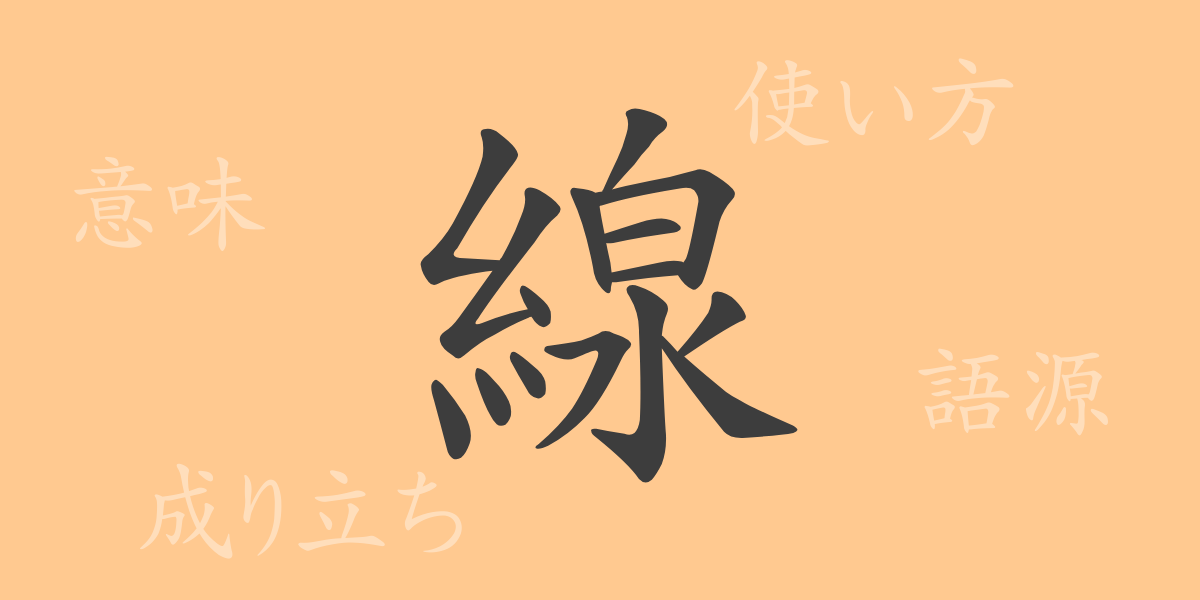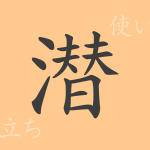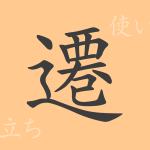In everyday life, numerous “lines” exist, seemingly simple yet playing a crucial role in our communication, expression, and even thinking. This article explores the Japanese kanji “線” (せん), delving into its origins, various modern usages, and its significant impact.
Origins of 線
The kanji “線” originated in ancient China, formed from the combination of “糸” (いと), meaning thread, and “戈” (ほこ), indicating direction. Initially used to depict a thread being drawn in a particular direction, it eventually came to represent the general concept of a “line”.
Meaning and Usage of 線
In modern Japanese, “線” refers to both physical lines and metaphorical concepts. Physically, it can denote lines drawn on paper or boundaries between objects. Metaphorically, it is used in phrases like “一線を画す” (draw a line) to denote distinction, or “線が細い” (thin line), indicating subtlety or delicacy.
Readings, Stroke Count, and Radical of 線
“線” is a versatile kanji in Japanese with various readings.
- Readings: On’yomi (Sino-Japanese reading) is “セン”, Kun’yomi (native Japanese reading) is “すじ”.
- Stroke Count: 15 strokes.
- Radical: The radical is “糸” (いとへん), related to thread or string.
Phrases, Idioms, and Proverbs Using 線
There are numerous idioms and proverbs involving “線”. For example, “一線を画す(いっせんをかくす)” means to make a clear distinction, “線を引く(せんをひく)” refers to setting limits or standards, and “目に見えない線(めにみえないせん)” describes subtle changes in relationships or emotions. These phrases are frequently used in everyday conversation.
Conclusion on 線
The kanji “線” captures a broad range of concepts, from visual expressions to psychological boundaries. It holds the potential to enrich our communication and life perspectives. By being mindful of “lines” in our daily lives, we can find new ways to shape our words and thoughts.

























